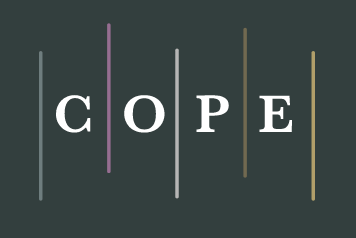The Ikhwani Sect in Chinese Islam: Historical Evolution, Reformist Ideology, and Sociopolitical Adaptation
DOI:
https://doi.org/10.58355/maqolat.v3i4.204Keywords:
Chinese Islam, Islamic reform, Ma Wanfu, Ikhwani sect, religious adaptationAbstract
The Ikhwani sect represents one of the most influential reformist movements within Chinese Islam, emerging in the late nineteenth century under the leadership of Ma Wanfu (1849–1934). Inspired by Wahhabi ideas encountered during his studies in Mecca, Ma Wanfu sought to purify Chinese Islam by calling for a return to the Quran and Hadith while opposing syncretic practices such as Sufi saint veneration and Confucian-influenced rituals. This paper investigates the historical evolution, doctrinal foundations, and sociopolitical adaptation of the Ikhwani through three major phases: its ideological formation (1890s–1918), institutional consolidation under the Ma warlords (1918–1949), and pragmatic accommodation under Communist governance (post-1949). Drawing upon archival sources, mosque records, and key doctrinal texts, the study employs the theoretical frameworks of religious institutionalism and adaptive resistance to examine how the Ikhwani maintained theological integrity while surviving successive regime changes. The paper argues that the sect’s quietist orientation, pedagogical investment, and ritual standardisation provided a sustainable model of religious resilience. By comparing the Ikhwani to other reformist movements in the Islamic world, this study highlights the unique pathways through which Islam adapted to the Chinese sociopolitical context.
Downloads
References
Bai, Shouyi. (1983). History of Islamic Sects and the Menhuan System in China. Ningxia People’s Publishing House.
Gladney, Dru. (1996). Muslim Chinese: Ethnic Nationalism in the People’s Republic. Harvard University Press.
Hu, Songshan. (1931). The Logic of Prayer. Xining: Qinghai Islamic Press.
Lipman, Jonathan N. (1997). Familiar Strangers: A History of Muslims in Northwest China. University of Washington Press.
Ma, Tong. (1983). Brief History of Islamic Sects and the Menhuan System in China. Ningxia People’s Publishing House.
Spence, Jonathan D. (1990). The Search for Modern China. W.W. Norton & Company.
Zhao, Zekang. (2023). Marx’s Dual Critique of Idealist Dialectics from the Perspective of Political Economy. Advances in Philosophy, 12(10), 2064–2070.
Yang Yongchang & Ma Jizu (eds.). (1989). Genealogy of Classical Learning. Xining: Qinghai People’s Publishing House.
Gladney, Dru C. (2004). Dislocating China: Muslims, Minorities, and Other Subaltern Subjects. University of Chicago Press.
Gladney, Dru. (1996). Muslim Chinese: Ethnic Nationalism in the People’s Republic. Harvard University Press.
Spence, Jonathan D. (1990). The Search for Modern China. W.W. Norton & Company.
Atwill, D. G. (2005). The Chinese Sultanate: Islam, Ethnicity, and the Panthay Rebellion in Southwest China, 1856–1873. Stanford University Press.
Israeli, R. (2002). Islam in China: Religion, Ethnicity, Culture, and Politics. Lexington Books.
Downloads
Published
How to Cite
Issue
Section
License
Copyright (c) 2025 Mehad Mousa

This work is licensed under a Creative Commons Attribution 4.0 International License.






















